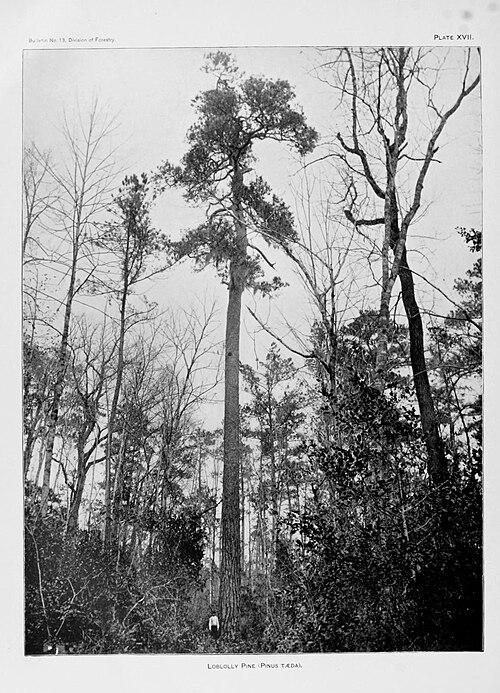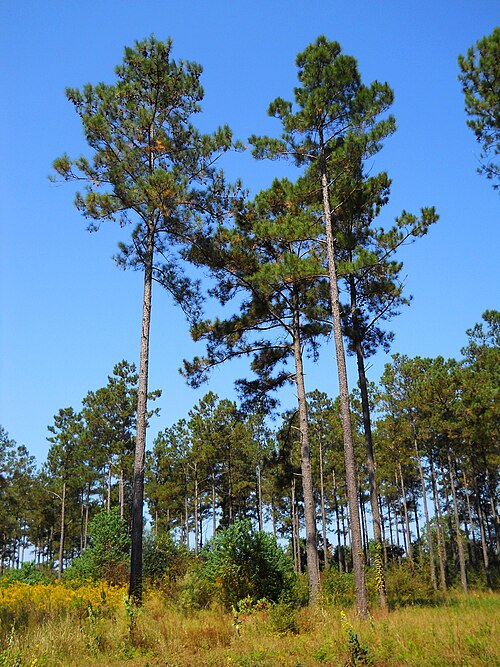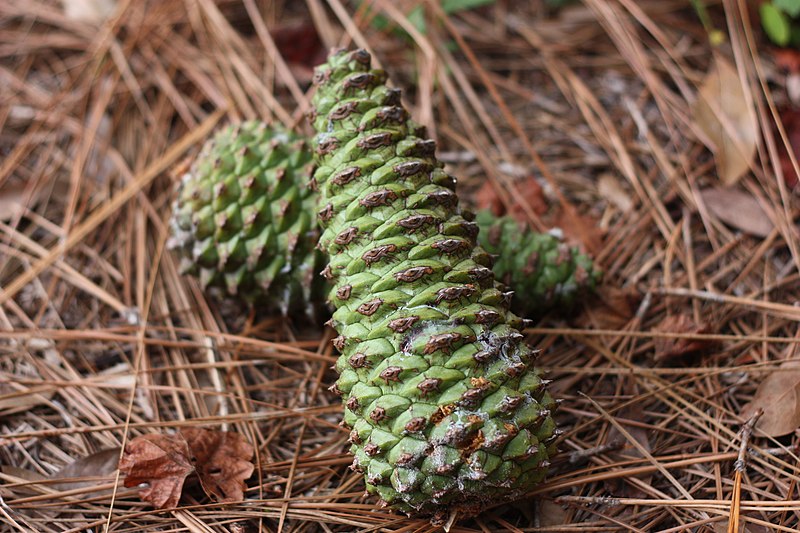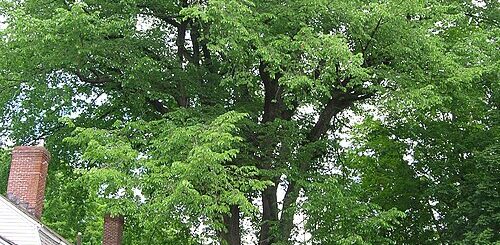Loblolly Pine – A Southern Icon

If you’ve ever driven through the southeastern United States and noticed towering pine trees lining the roads or sprawling across the horizon, chances are you’ve met the Loblolly Pine. Known for its impressive height, fast growth, and adaptability, the Loblolly Pine (Pinus taeda) is not just a tree, it’s a Southern staple and a vital part of American forestry.
Fast Facts About the Loblolly Pine
- Scientific Name: Pinus taeda
- Native Range: Southeastern U.S., from Texas to Florida and up to Delaware
- Height: Typically 60–100 feet, but can reach over 120 feet
- Lifespan: Around 100–150 years in the wild
- Needles: Long (6–9 inches), slender, and bundled in groups of three
- Cones: 3–6 inches long with sharp scales
Why Is It Called “Loblolly”?
The name “loblolly” is as charmingly Southern as sweet tea. It’s a word that originally meant a thick, muddy soup or swampy area—both of which describe the environment where this pine often grows best. Loblollies love lowlands, marshy ground, and places where other trees might struggle.
A Tree of Many Talents
The Loblolly Pine is more than just a pretty face in the forest. It’s one of the most commercially important trees in the United States. Its wood is used in:
- Construction: framing, plywood, and utility poles
- Pulpwood: a major source of paper products
- Bioenergy: a renewable resource for wood-based fuel
Because it grows so fast—up to two feet per year in its early stages—it’s a favorite in reforestation and commercial timber production.
Ecological Benefits
Beyond economic value, the Loblolly Pine plays a crucial ecological role:
- Habitat: Provides shelter and nesting space for birds like the bald eagle, red-cockaded woodpecker, and countless songbirds.
- Soil Stability: Its root systems help prevent erosion, especially in wet lowland areas.
- Carbon Sequestration: As a fast-growing tree, it absorbs large amounts of CO₂, making it a natural climate ally.

Loblolly Pines South Mississippi – © Creative Commons | Author: Woodlot
Growing Your Own Loblolly
Interested in planting a loblolly in your yard or woodland? Here’s what to know:
- Soil: Prefers acidic, well-drained but moist soils
- Sunlight: Needs full sun
- Water: Moderate watering; avoid drought-prone sites
- Space: Give it plenty of room—it gets big, fast!
This tree isn’t ideal for small yards, but if you have acreage or a large property, a loblolly can add beauty and structure in just a few years.

Loblolly pine cones – Creative Commons | Author: Marcus Q on Flickr
Did You Know?
- The Loblolly Pine is the second-most common tree species in the U.S., after the red maple.
- NASA once grew a loblolly pine seed that orbited the moon aboard Apollo 14—earning it the nickname “moon tree.”
- Despite its swampy roots, it’s incredibly adaptable and now grows as far north as southern New Jersey.
The Loblolly Pine is a symbol of strength, speed, and Southern charm. Whether you’re managing a forest, planting for wildlife, or just admiring from afar, this towering pine reminds us that beauty and utility can go hand in hand. It’s a tree that works hard, grows fast, and stands tall—literally and figuratively.
References:
https://en.wikipedia.org/wiki/Pinus_taeda










